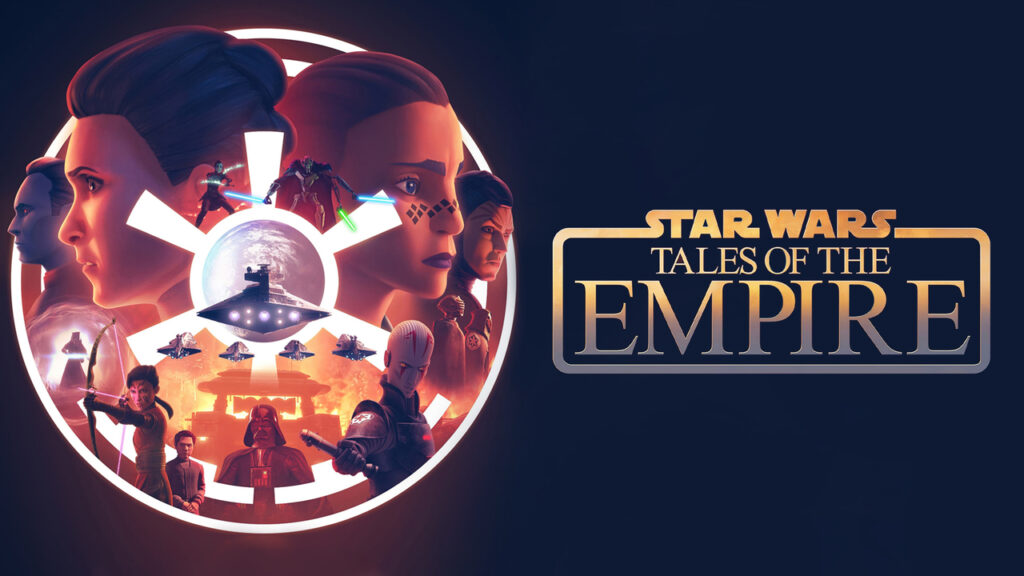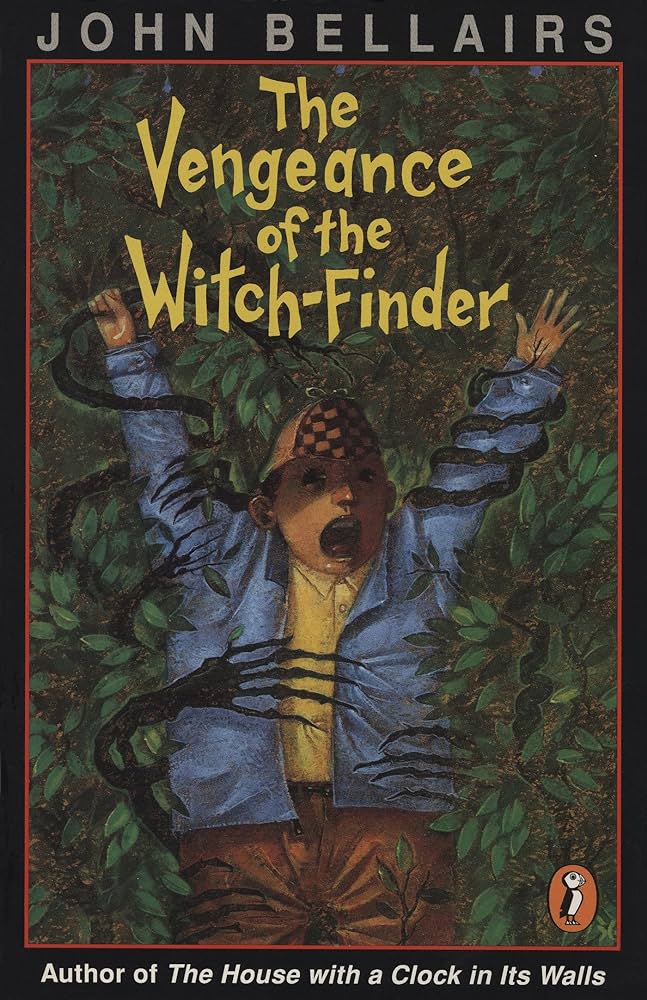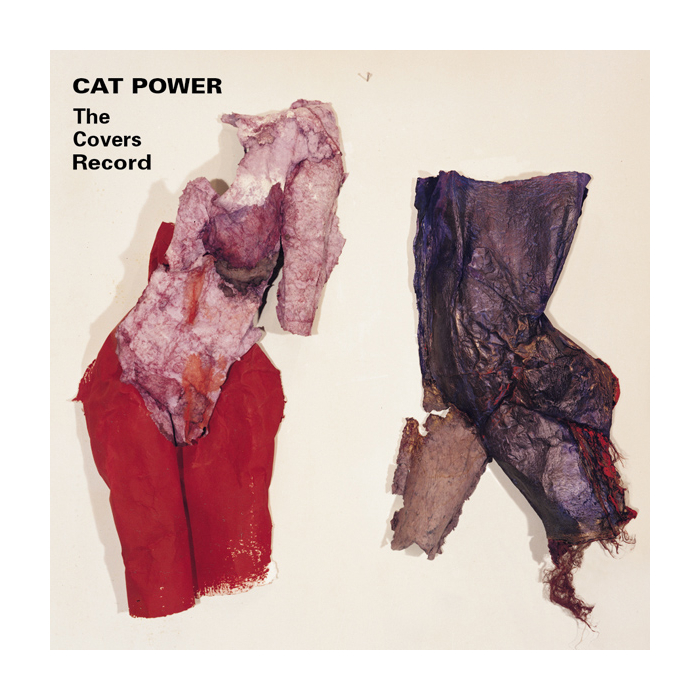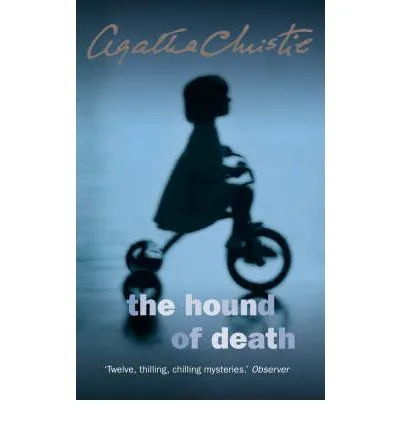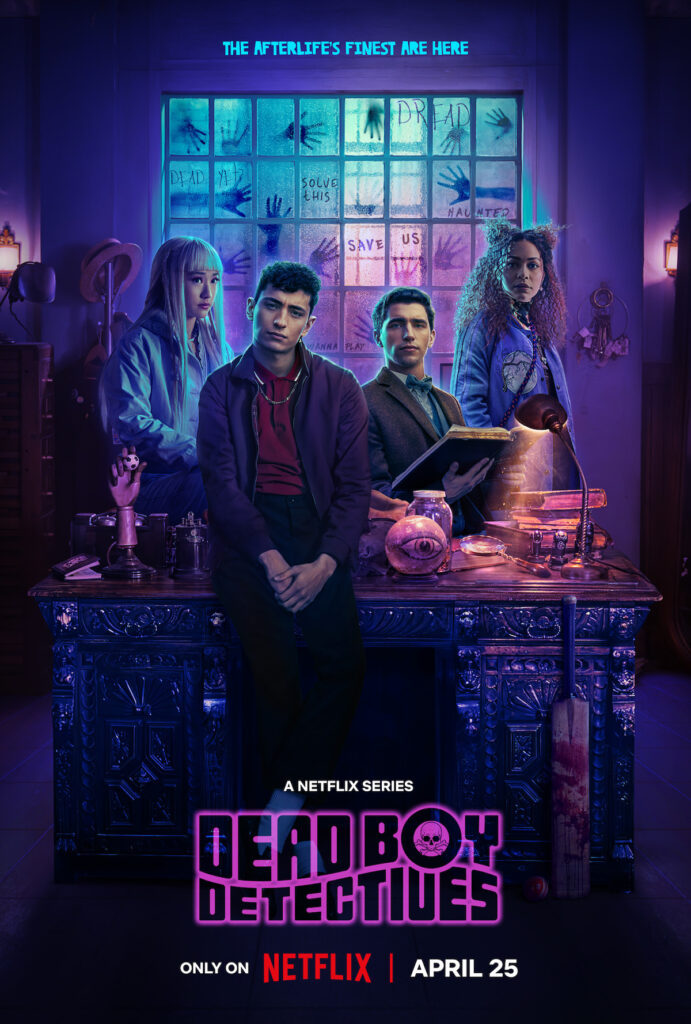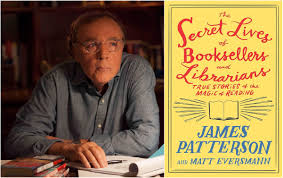
Playboy’s Stories of the Sinister & Strange (1969) joins the dozen or so Playboy Press paperbacks I’ve collected over the years. The most famous story in this anthology is Kurt Vonnegut’s “Welcome to the Monkey House” set in the Future when the population of the Earth is 17 billion people.
I also liked Irwin Shaw’s “The Mannichon Solution” where a scientist makes a Big Discovery, but is co-opted by other scientists. My favorite story is Gerald Kersh’s classic “Somewhere Not Far From Here” where a group of men wage war against invaders. Combat goes not get more graphic than this tale!
For John Wyndham fans there’s “Wise Child” where an ambitious scientist plots to use his pregnant wife as an unwitting subject in his research…with dark comic results. I’ve enjoyed all the Playboy Press anthologies I’ve read. If you see one, it’s worth picking up! GRADE: B+
TABLE OF CONTENTS:
- iv · Preface · Anon. · pr
- 1 · The Mannichon Solution · Irwin Shaw · nv Playboy Dec 1967
- 41 · The Dark Music · Charles Beaumont · ss Playboy Dec 1956
- 57 · Somewhere Not Far from Here · Gerald Kersh · ss Playboy Mar 1965
- 78 · The Investor · Bruce Jay Friedman · ss Playboy Feb 1962
- 90 · Ripples · Ray Russell · ss Playboy Oct 1967
- 93 · The Dispatcher · Gerald Green · nv Playboy Aug 1967
- 120 · Wise Child · John Wyndham · ss Argosy (UK) Nov 1962, as “It’s a Wise Child”; Playboy May 1967
- 137 · Welcome to the Monkey House · Kurt Vonnegut, Jr. · ss Playboy Jan 1968
- 160 · Room 312 · G. L. Tassone · ss Playboy Aug 1967
- 177 · The Golden Frog · Ken W. Purdy · nv Playboy Jan 1963
- 200 · The Annex · John D. MacDonald · ss Playboy May 1968
